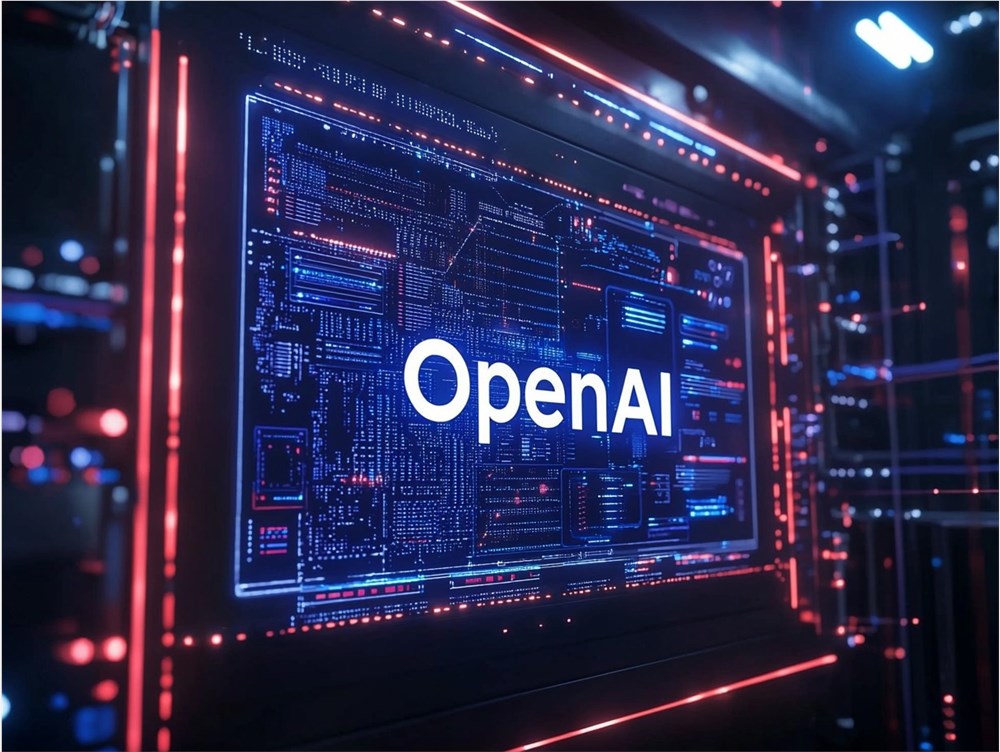OpenAI to Release Open-Weight Model, Shifting Strategy
OpenAI Prepares Open-Weight Model Release
In a significant policy shift, OpenAI is finalizing preparations to release its first open-weight language model as early as next week, according to industry insiders. This marks the company's first open-weight release since GPT-2 in 2019 and represents a departure from its recent closed-source approach.
Breaking With Closed-Source Tradition
The upcoming model will enable organizations to run the AI on infrastructure beyond OpenAI's proprietary systems and Microsoft Azure servers. Since signing an exclusive cloud partnership with Microsoft in 2023, OpenAI has maintained strict control over its model weights and parameters.

"This is a major strategic shift," noted one source familiar with the development. Unlike OpenAI's typical closed models where training parameters remain confidential, the new open-weight version will provide full transparency into the model architecture.
Expanded Deployment Options
The release will make the model available across multiple cloud platforms including:
- Microsoft Azure
- Hugging Face
- Other major cloud providers
This mirrors the rapid adoption path seen earlier this year with DeepSeek's R1 model, which gained widespread cloud provider support shortly after release.
Technical Capabilities
Insiders describe the new model as having "reasoning capabilities comparable to OpenAI's latest proprietary models" and note similarities to the o3mini architecture. Over recent months, OpenAI has been demonstrating the technology to select developers and researchers while gathering feedback from the broader AI community.
The company has not officially commented on these developments, but industry analysts predict the move will:
- Increase transparency in AI development
- Accelerate innovation through community contributions
- Potentially reshape competitive dynamics in the foundation model market
Key Points
- First open-weight release since GPT-2 (2019)
- Breaks post-2023 Microsoft partnership convention of closed models
- Enables multi-cloud deployment beyond Azure infrastructure
- Maintains advanced reasoning capabilities of proprietary models
- Could influence future AI development standards